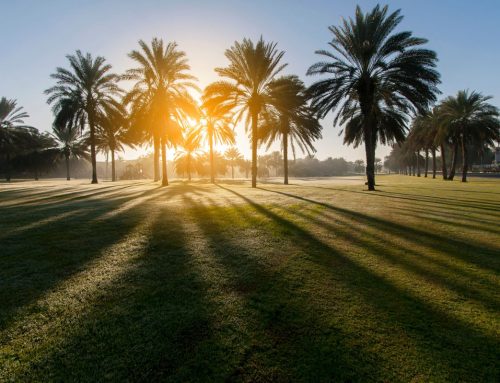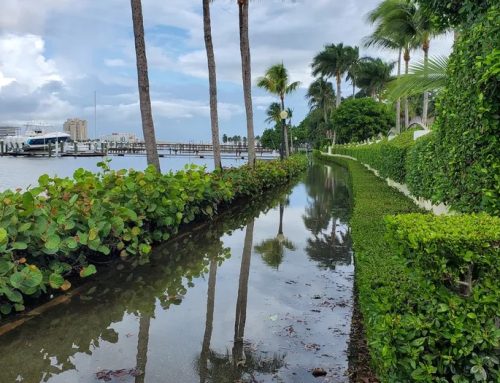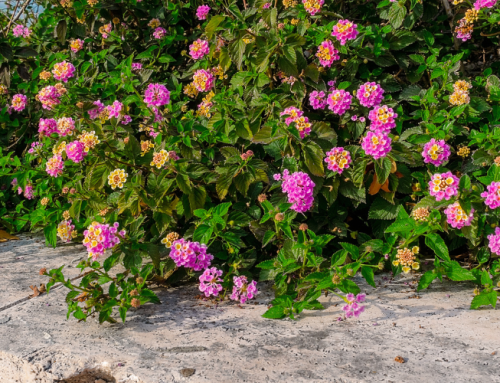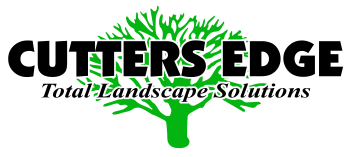If you’ve been thinking about revamping your home’s landscaping, you may have heard of something called natural landscape design. Having a natural landscape as opposed to a more cultivated and curated landscape for your property has its strengths and weaknesses. In this blog article, we will cover natural landscape design, how to use native plants in your natural landscape, and sustainable landscape ideas. Keep reading to learn more!
What is Natural Landscape Design?
Before you can begin to design a natural landscape for your home, you will need to understand what a landscape needs to have (or not have) to be considered “natural”. In general, a natural landscape design is considered any landscape design that includes minimal to no edged plant or flower beds and usually includes mostly local plants, shrubs, and tree varieties. It should also carefully consider shape and color in relation to the architecture it surrounds, and take into account environmental factors to help create the most natural-looking landscape possible.
Using Native Plants
One of the main pillars of design for a natural landscape is using native plants. Native plants are great for any landscaping as they are typically more adaptable to the weather where your home is in and require less maintenance than landscapes that include plants and shrubs that are not necessarily indigenous to the area. If you aren’t sure what plants or trees are native to your area, you can do some research by taking a walk in a local nature preserve close to your home, look over geological maps of the area, and study the natural history of the area.
Natural landscape design often draws inspiration from meadows, forests, wood lawns, or deserts for their planting style and color palette. Depending on where your property is located, this means your landscaping could look like a shady forest retreat or a sun-drenched oasis with cacti and many other low-water plants. If you do want to include some hardscape materials, be sure to use gravel, stone, or recycled wood for your walls, fences, or walkways. It’s important to keep any man-made structures to a minimum to ensure the natural landscape design retains its “wild” feel.
Sustainable Landscape
As mentioned above, native plants are a key component to any natural landscape design not only for the aesthetic they provide but also to make your landscaping more sustainable by using less water and fertilizer than non-native species. Another great way to make your natural landscaping more sustainable is by adding edible plants to your landscaping. Trees that provide nuts or fruit are great as they usually adapt well to the local climate and can provide food for your household or your larger community.
Another important way to make your landscaping more sustainable is to limit or eliminate the use of fertilizers or pesticides. A fully sustainable landscape design can keep the air clean, forms a micro-climate, and provides food for the immediate community. However, synthetic pesticides and fertilizers may make your plants grow faster and larger, but don’t necessarily promote the longevity of your landscaping. Any natural landscape design should only use organic fertilizers or pesticides.
If you’re interested in upgrading your home’s landscaping but aren’t sure where to begin, it’s best to speak to an experienced landscaping professional. The Cutters Edge team is committed to meeting their customer’s expectations by providing highly skilled employees, state-of-the-art equipment, unmatched service, and professionalism. Get in touch today to discuss your specific landscaping needs!





